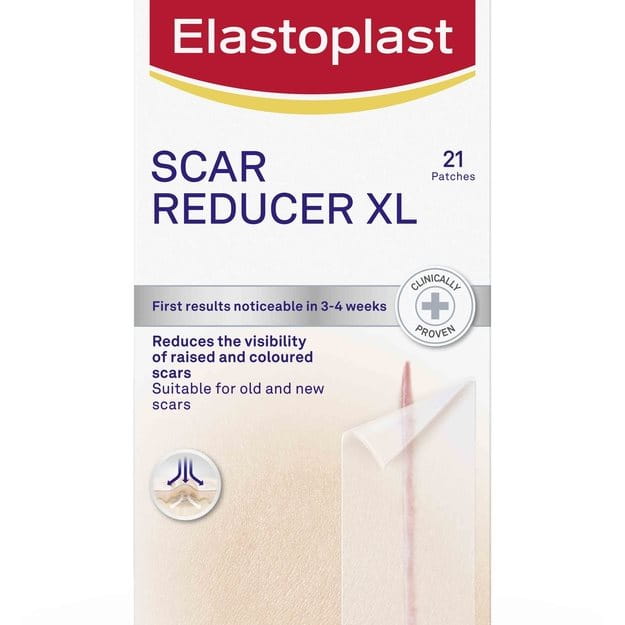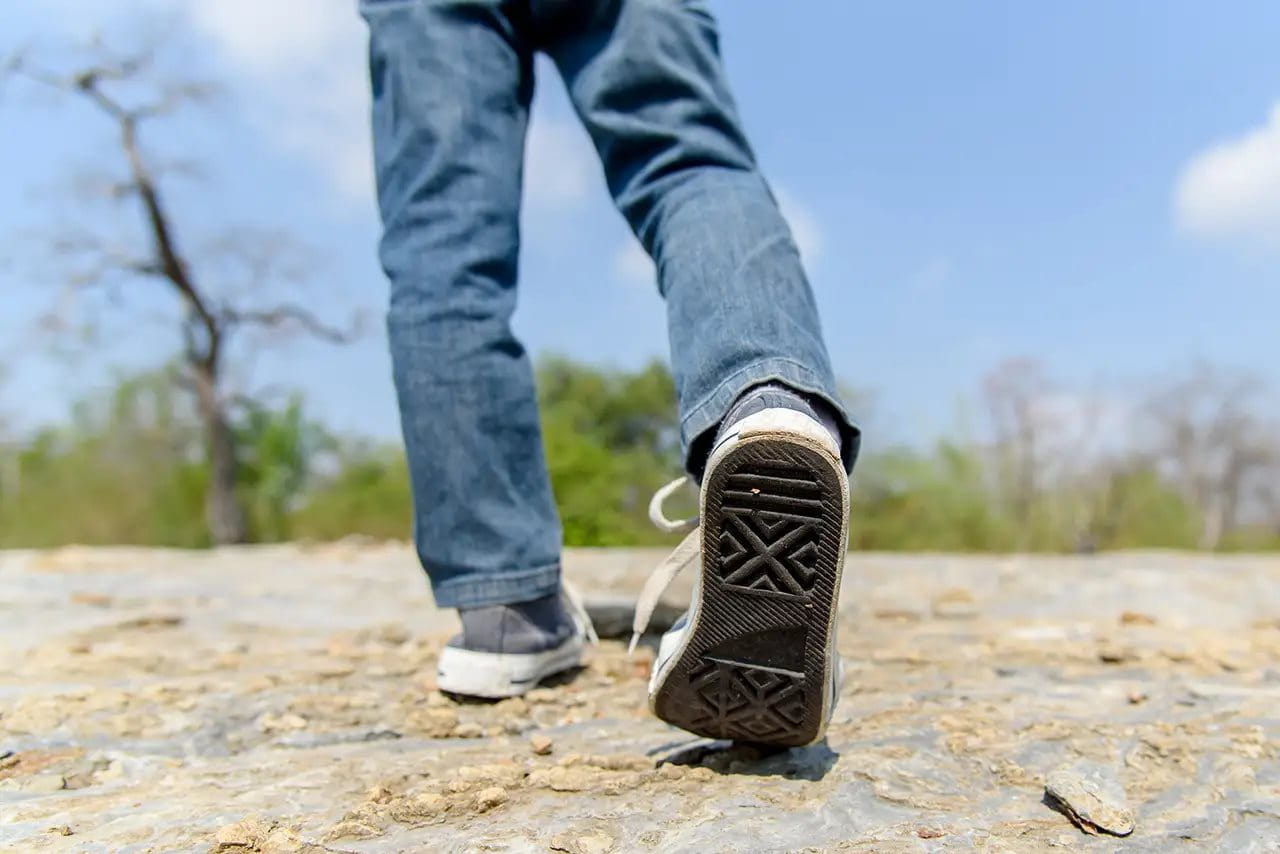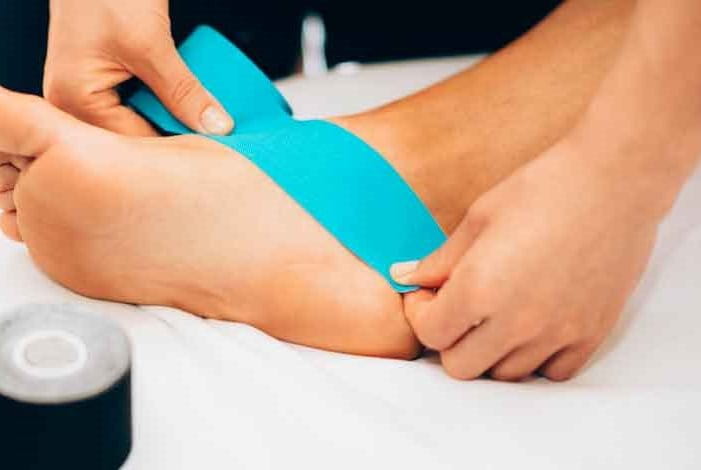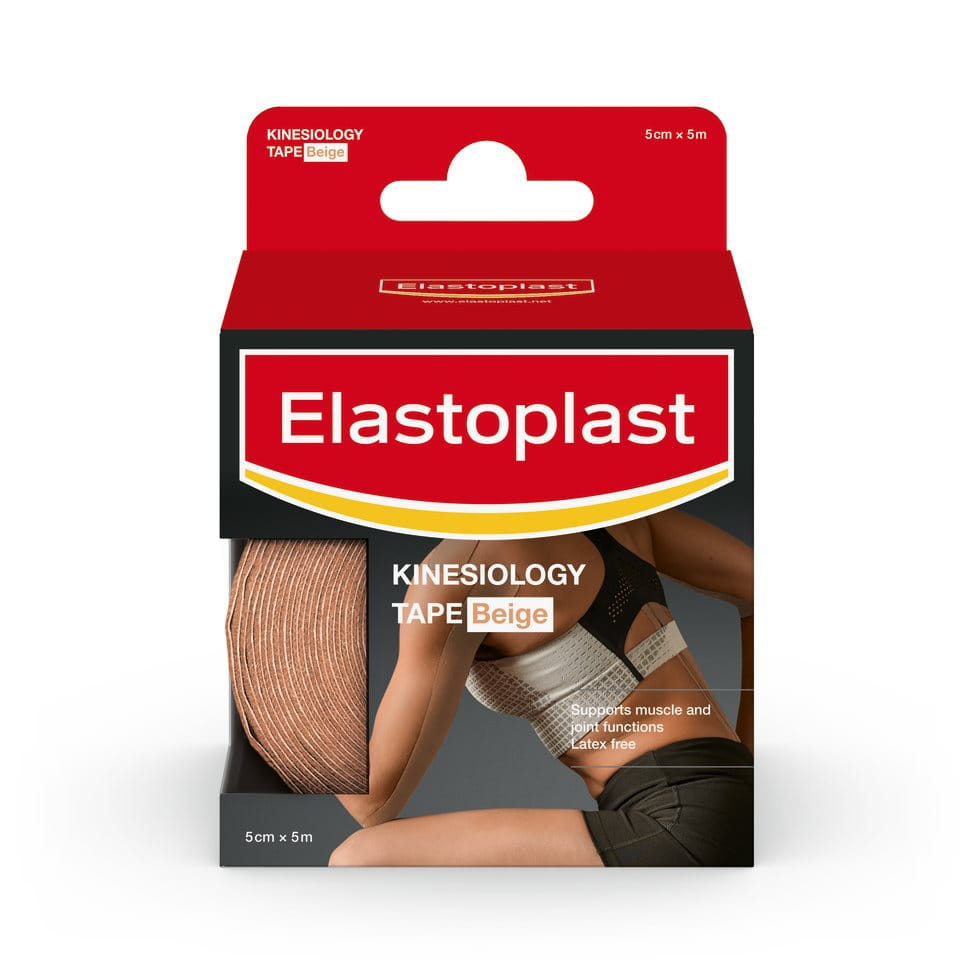What is Sever's Disease?
Sever’s disease, also known as 'calcaneal apophysitis' is a common heel pain primarily experienced by highly active children. It is caused when children are still growing rapidly while being highly active. The heel pain will come and go and usually last a few years.
As a child is going through growth spurts, the bones and tendons grow and change rapidly. The growth area will be weaker than normal and is more prone to being injured. When the bones in the lower calf grow quickly, the Achilles tendon will become tight and add stress to the bone on the heel.
It is hard to prevent severs disease, especially for active children. Although restricting sport and straining activities can prevent the severity of the flare up, rest and limiting activities at early detection, can reduce the heel pain. Managing the pain is important to prevent any further injuries.









